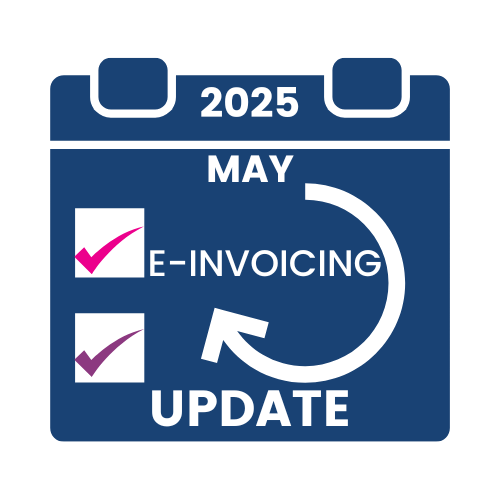We partnered with the PPN today, 21st February, to deliver a webinar posing the question, which is the best tool for AP Automation. RPA, Ai or BPM?
RPA, AI or BPM, which is best?
The simple answer to this is all 3!
- BPM is a brilliant brilliant tool for AP automation for transformation and exception handling that requires people
- RPA is a fantastic tool for AP automation of tasks, bringing fast improvements and freeing up people to do more valuable work…
- AI is the intelligence tool for AP automation, and is embedded in both BPM and RPA and ensures maximum value…
They are not competitors, and in essence, are branches of the same tree. They overlap in some areas and they each have particular strengths which might make them more or less suitable for your project. A brief explanation of the tools and applications is below.
BPM transforms processes.
Where possible, it replaces jobs and processes with software robots. These software robots run silently on computers in your IT server room automating tasks such as reading and matching invoices and posting transactions to your finance system.
Where humans are required to handle exceptions, it makes human actions easier by:
- Replacing your filing cabinets and in‐trays with online queues of work
- Removing paper and replacing it with on-screen documents
- And many more …
BPM is a tool for AP automation that typically transforms your process, replacing it with something automated and better.
RPA replicates processes.
It uses Software Robots to mimic human activity for individual tasks. It works on your computers, in a dedicated window, and for many processes, you can see it completing the actions a human would complete, but up to 15 times faster, and with 100% accuracy! It can interact with you and will pause and resume following your instructions or input.
It does tasks such as
- Opening a spreadsheet
- Logging into SAP, Dynamics or any other system
- Transposing data from one system to another
- Opening emails, using OCR to read contents, and keying the data into the user screen
- And much more!
RPA is a tool for AP automation that automates your tasks by mimicking human activity, completing the same work in a faster, more reliable and accurate way.
AI – works with both types of automation to facilitate and improve processes. AI has many facets, some of those which are most relevant to the discussion today with the focus on Accounts Payable and the best tool for AP automation are as follows:
- Computer Vision – the ability to recognise different document types, or to locate the correct fields on a data entry screen
- Natural Language Processing – the ability to understand the sentiment and meaning of information extracted from a document, such as recognising that an email from your supplier is a request for a payment, an update of account information or statement reconciliation query.
- Logic – this is brought to the automation table by AI and empowers robots to make decisions based on the information they have captured
- Machine Learning – which enables robots and humans both to improve decisions and performance based on analysis of past outcomes. By observing why invoice matching fails for particular suppliers, for example, the matching robot can adapt to become more accurate and ‘wiser’ in future matching attempts and save even more human time.
So which is the best tool for AP Automation for you?
First take a look at the pain points in your AP department, which parts of the process are broken and how badly broken are they??
If it is just a couple of areas, then RPA could be the right answer. However, if you identify lots of ‘broken bits’ then the answer could be process transformation or BPM.
There are different approaches to consider and here again, both BPM and RPA have a part to play.
Phasing your automation project using either RPA or BPM allows you to reduce AP time and cost incrementally, getting quick wins and using the additional time gained to automate further. Each automation step reduces AP workload and therefore further reduces cost.
If a whole process transformation is needed it can be done in a single BPM project, but this is time and resource intensive, and takes longer to implement and therefore longer to save costs and redeploy team members to more productive work.
An option could be the rapid deployment of RPA for one part of the process to free up time for the AP team to work with the other stakeholders on the business process change needed longer term to kickstart the transformation process
Both BPM and RPA provide the data and management information to allow you to continuously improve performance are excellent as a tool for AP automation.
These are just a few of the many factors to take into account when considering an automation project. Whichever automation route you go down, working with a partner who has the experience to take you through those decisions will help ensure your project is not short term excitement and gain for long term chaos and pain! A partner like Documation will help you deliver on a roadmap for long term success and value, working as a team with your stakeholders every step of the way.





